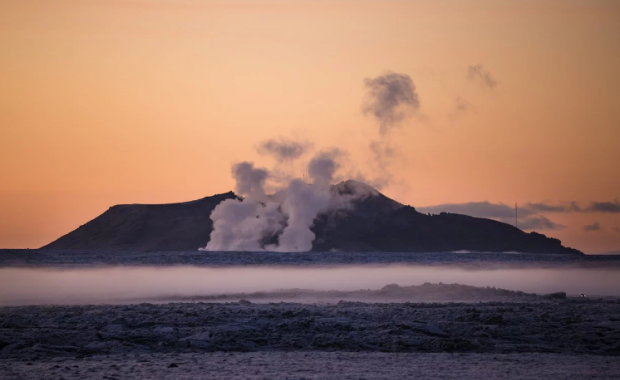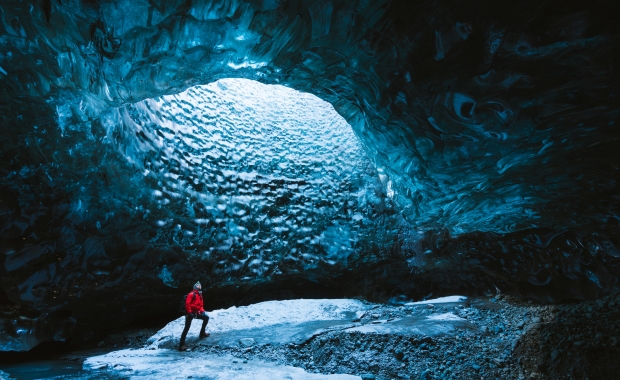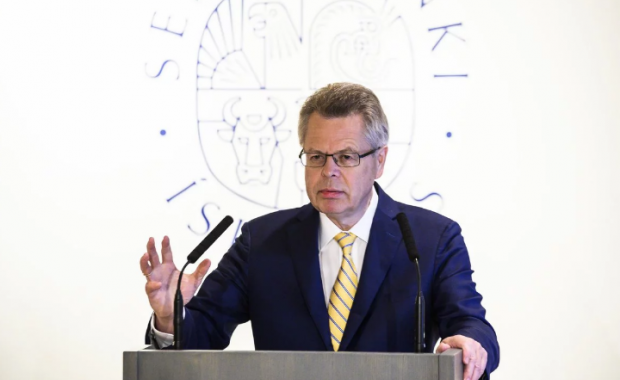The five centrist and left-wing parties in Iceland have agreed to begin formal negotiations to form a new coalition government. The negotiations are led by the chairwoman of the Left-green movement, Katrín Jakobsdóttir, who would in all likelihood become the next Prime Minister of Iceland if the negotiations are successful. Previously negotiations between the conservative Independence party and the two centrist parties, Bright future and Restoration broke down due to disagreement over whether to reform the system of individual transferrable quotas in the fisheries.
Katrín Jakobsdóttir told the local news site visir.is that she expected the negotiations should proceed quickly and smoothly.
Read more: The punk rocker that could become Iceland’s next Minister of the Interior
The 29 October elections were held amid fallout from the Panama papers, and the revelation that the former Prime Minister of Iceland had not disclosed significant assets in an offshore tax-haven. The center-right governing coalition suffered a decisive blow in the election, although the conservative Independence party managed to add two seats.
The five parties currently negotiating the formation of a centre-left coaltion government are the Left-green movement and the Pirate party, each with 10 MPs, the two centrist parties Restoration, with 7 MPs and Bright future, with 4 MPs, and the Social democratic alliance, with 3 MPs. The combined strength of the coalition parties would be 34 MPs out of 63. The coalition would leave the former governing parties, the conservative Independence party and the centre-right Progress party in the minority with 29 MPs.
Read more: The government concedes election defeat — With no clear winner Iceland faces a political limbo
Pundits in Iceland have split in two on the feasibility of the five parties being able to form a stable governing majority. While some have claimed the Pirate party is still untested and too inexperienced, and therefore likely a source of instability in a centre-left coalition, and that the large number of coalition parties would make for difficult negotiations, others have pointed out that history does not bear this out.
Svavar Gestsson, former Ambassador and member of parliament for Alþýðubandalagið, a left wing political party which was heir to the Socialist party, from 1978-1999, said in an interview with the local TV station Stöð 2, that multi party coalition governments have often been very successful in tackling difficult problems. He further pointed out that since 1944, a total of 21 coalition governments have been formed. Seven of these had not survived their full four year terms, five of which were two-party coalition governments. Only two of the governments which had failed to complete their four year term were multi-party coalitions. The main issue is whether the coalition parties reach a policy agreement, not the number of parties in question, he concluded.
The five centrist and left-wing parties in Iceland have agreed to begin formal negotiations to form a new coalition government. The negotiations are led by the chairwoman of the Left-green movement, Katrín Jakobsdóttir, who would in all likelihood become the next Prime Minister of Iceland if the negotiations are successful. Previously negotiations between the conservative Independence party and the two centrist parties, Bright future and Restoration broke down due to disagreement over whether to reform the system of individual transferrable quotas in the fisheries.
Katrín Jakobsdóttir told the local news site visir.is that she expected the negotiations should proceed quickly and smoothly.
Read more: The punk rocker that could become Iceland’s next Minister of the Interior
The 29 October elections were held amid fallout from the Panama papers, and the revelation that the former Prime Minister of Iceland had not disclosed significant assets in an offshore tax-haven. The center-right governing coalition suffered a decisive blow in the election, although the conservative Independence party managed to add two seats.
The five parties currently negotiating the formation of a centre-left coaltion government are the Left-green movement and the Pirate party, each with 10 MPs, the two centrist parties Restoration, with 7 MPs and Bright future, with 4 MPs, and the Social democratic alliance, with 3 MPs. The combined strength of the coalition parties would be 34 MPs out of 63. The coalition would leave the former governing parties, the conservative Independence party and the centre-right Progress party in the minority with 29 MPs.
Read more: The government concedes election defeat — With no clear winner Iceland faces a political limbo
Pundits in Iceland have split in two on the feasibility of the five parties being able to form a stable governing majority. While some have claimed the Pirate party is still untested and too inexperienced, and therefore likely a source of instability in a centre-left coalition, and that the large number of coalition parties would make for difficult negotiations, others have pointed out that history does not bear this out.
Svavar Gestsson, former Ambassador and member of parliament for Alþýðubandalagið, a left wing political party which was heir to the Socialist party, from 1978-1999, said in an interview with the local TV station Stöð 2, that multi party coalition governments have often been very successful in tackling difficult problems. He further pointed out that since 1944, a total of 21 coalition governments have been formed. Seven of these had not survived their full four year terms, five of which were two-party coalition governments. Only two of the governments which had failed to complete their four year term were multi-party coalitions. The main issue is whether the coalition parties reach a policy agreement, not the number of parties in question, he concluded.







